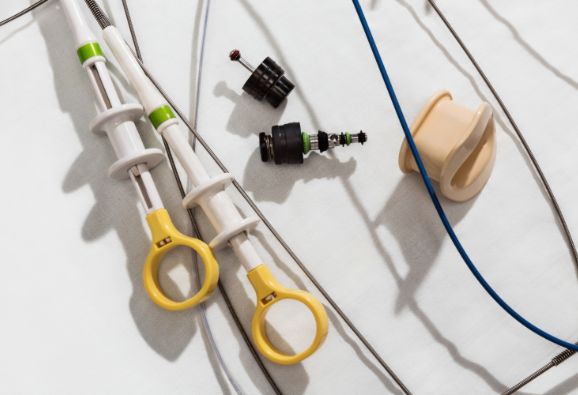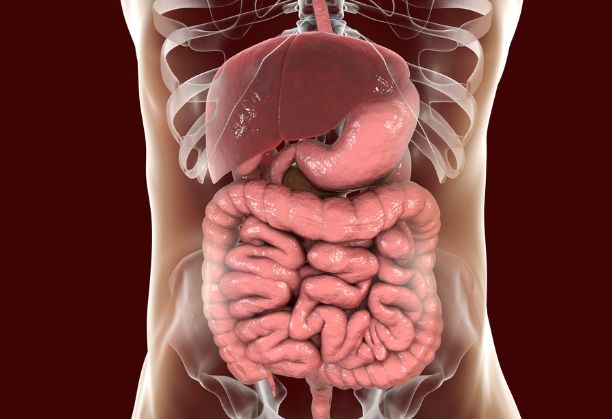Diagnosing a peptic ulcer typically involves a combination of medical history assessment, physical examination, and various diagnostic tests. Diagnosing a peptic ulcer is necessary for several important reasons:
- Confirming the Presence of Ulcers: The primary reason for diagnosis is to confirm whether or not a peptic ulcer exists in the stomach or the upper part of the small intestine (duodenum). Symptoms that are associated with peptic ulcers, such as abdominal pain, can also be caused by other medical conditions. A proper diagnosis ensures that the symptoms are indeed due to ulcers.
- Determining the Cause: Knowing the cause of the ulcer is crucial. Peptic ulcers can be caused by different factors, with the most common being infection with the bacterium Helicobacter pylori (H. pylori) and the use of nonsteroidal anti-inflammatory drugs (NSAIDs). Identifying the underlying cause helps in planning appropriate treatment and preventing recurrence.
- Treatment Planning: Once diagnosed, healthcare providers can recommend the most suitable treatment for the peptic ulcer. Treatment may include medications to reduce stomach acid, antibiotics to eradicate H. pylori infection (if present), and lifestyle changes. Accurate diagnosis guides the choice of treatment, leading to more effective and targeted therapy.
- Complication Prevention: Untreated peptic ulcers can lead to serious complications, such as bleeding, perforation (holes in the stomach or intestine), or blockage in the digestive tract. Timely diagnosis allows for the early management of ulcers, reducing the risk of these potentially life-threatening complications.
- Relief from Symptoms: Peptic ulcers often cause uncomfortable symptoms, including abdominal pain, bloating, and nausea. Diagnosis paves the way for appropriate symptom management, helping individuals find relief from discomfort and improving their quality of life.
- Preventing Transmission of H. pylori: If H. pylori infection is identified as the cause of the ulcer, treatment not only addresses the ulcer but also helps prevent the transmission of the bacterium to others, as H. pylori can be contagious.
In summary, diagnosing a peptic ulcer is essential to confirm its presence, determine the cause, plan appropriate treatment, prevent complications, relieve symptoms, and monitor the healing process. Early diagnosis and treatment are key to effectively managing peptic ulcers and minimizing their impact on an individual’s health and well-being.
There are two leading causes of peptic ulcer, and depending on these causes, the diagnostic test may vary slightly.


Physical examination
The diagnosis of peptic ulcers or ulcer complications may be aided by a physical examination. In a physical examination, a doctor will typically
- Make sure your abdomen is not swollen.
- Taps on your abdomen while using a stethoscope to listen for sounds inside your belly.
- Looking for pain or tenderness
Blood tests
For the purpose of detecting H. pylori infection or peptic ulcer complications, doctors may perform blood tests. A medical practitioner will collect a sample of your blood for a blood test and send it to a lab.
Stool test
To check for H. pylori infection, doctors may use stool testing. You will receive a container from your doctor to collect and hold a stool sample. You’ll be given directions on where to ship or pick up the testing kit.
Urea breath test
A urea breath test may be used by clinicians to check for H. pylori infection. You will ingest a pill, drink, or pudding containing urea that has been “labelled” with a particular carbon atom for the test. The bacteria will turn the urea into carbon dioxide if H. pylori is present. You will exhale carbon dioxide into a container after a short while.
A medical practitioner will check the quality of your exhaled breath. A medical practitioner will confirm a H. pylori infection in your digestive tract if the test finds the tagged carbon atoms.
Endoscopy
Endoscopy is typically the test of choice for peptic ulcer diagnosis. It is sensitive, specific, and safe, but it is also invasive and expensive. Patients with alarm symptoms and those over 55 who appear with unexplained or persistent dyspepsia symptoms should have an endoscopic evaluation. In order to rule out cancer and unusual lesions like Crohn’s disease, biopsies may be performed. Endoscopies have generally been performed on patients who have upper gastro-intestinal bleeding, whether as an emergency or when a spot opens up on the waiting list.













